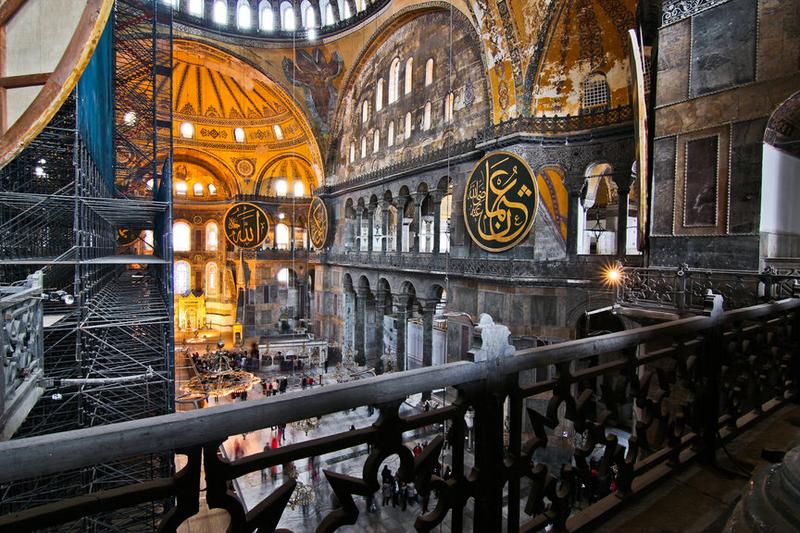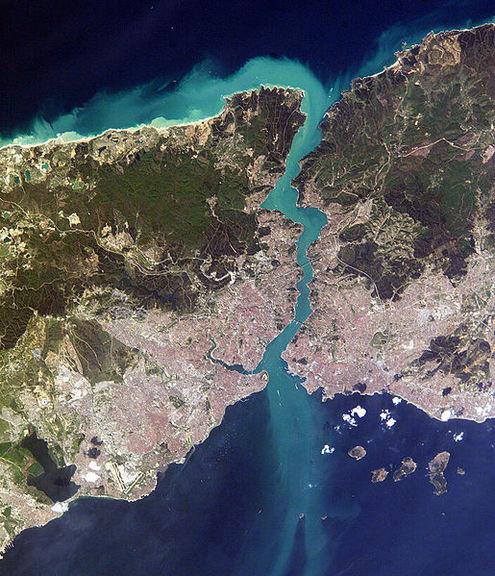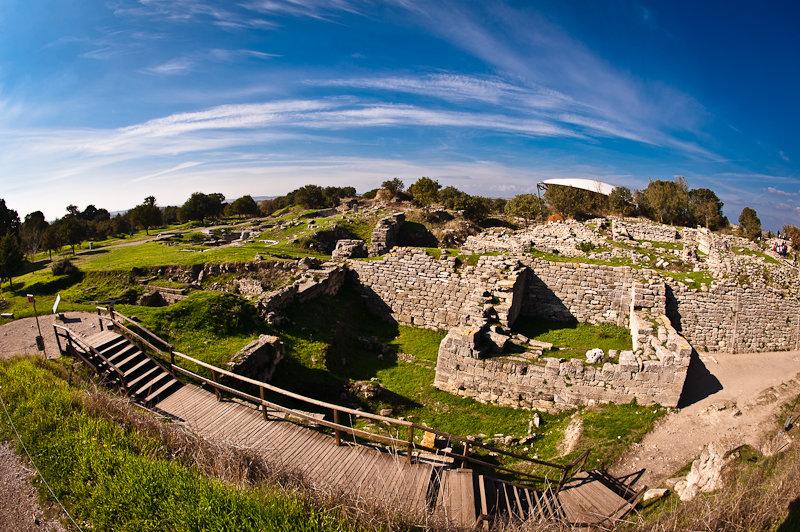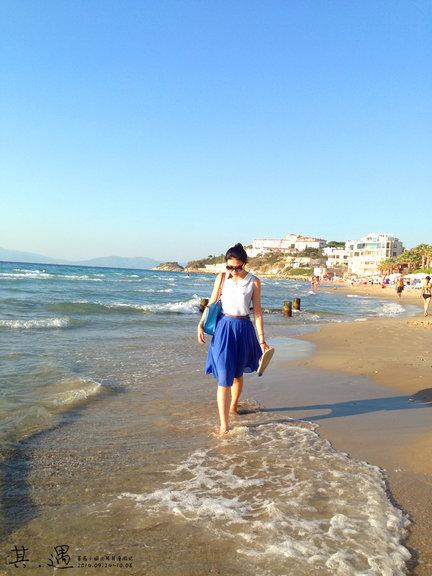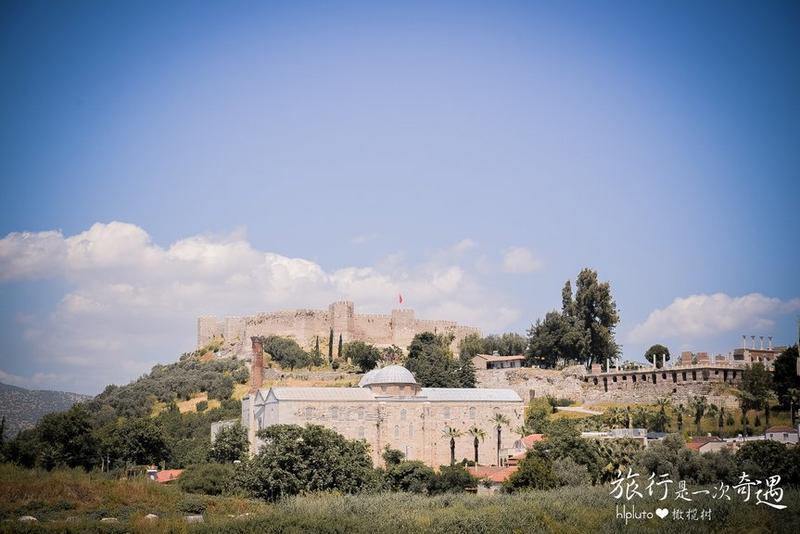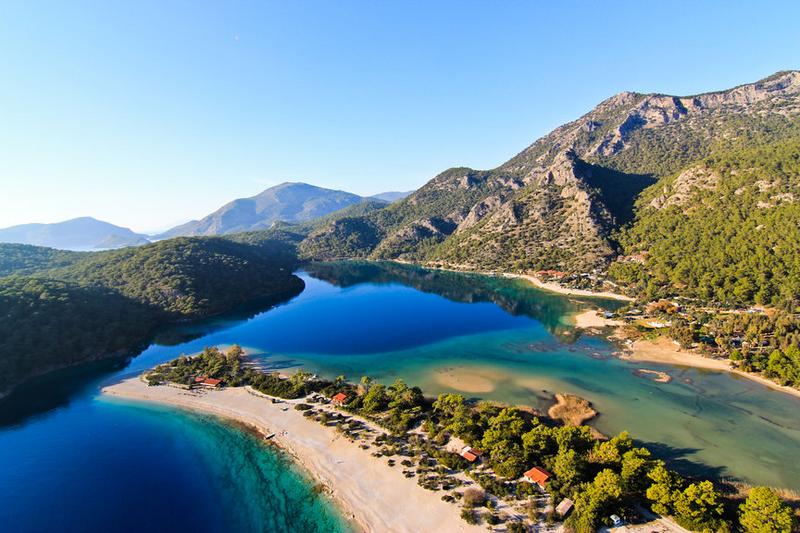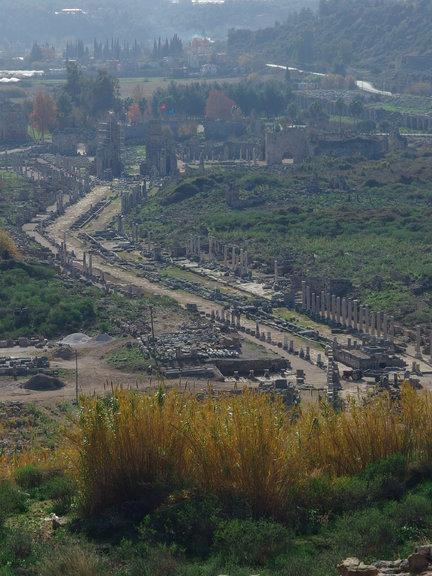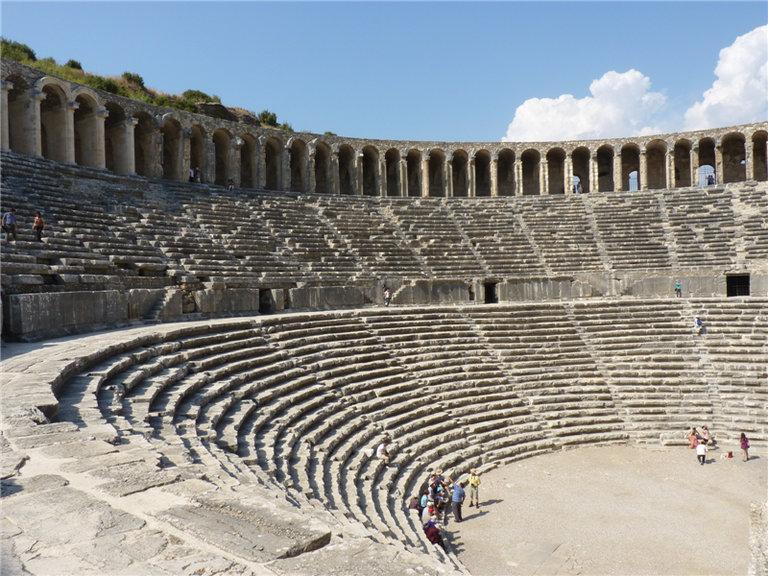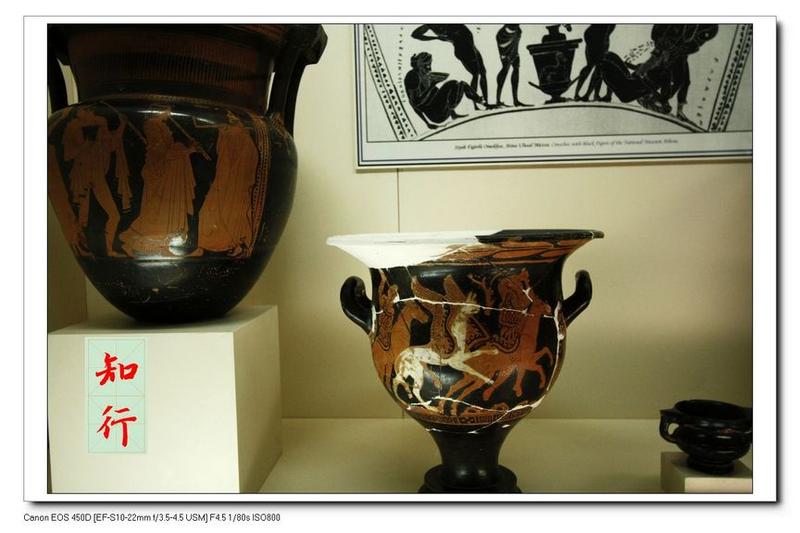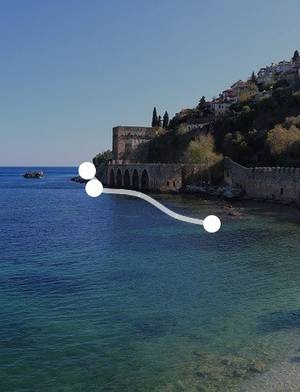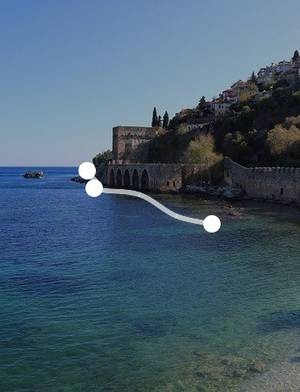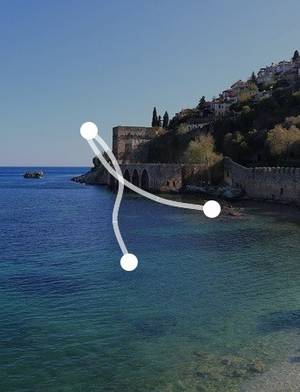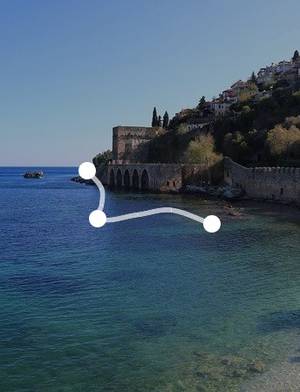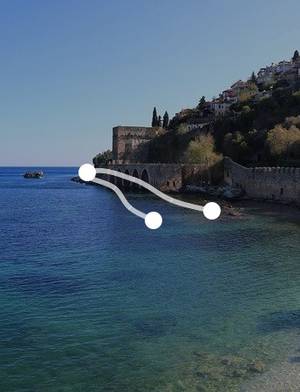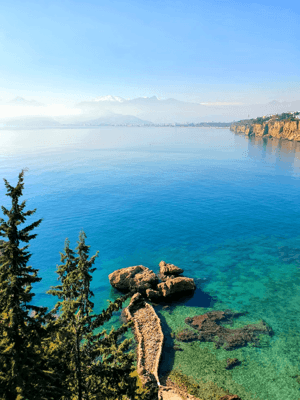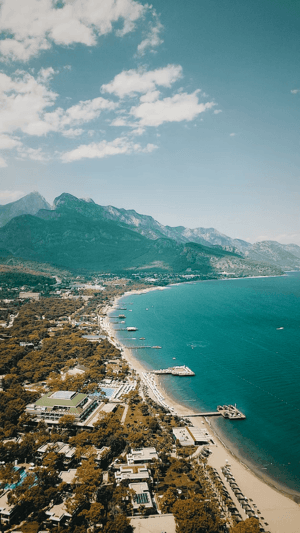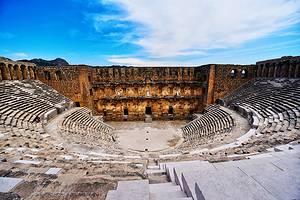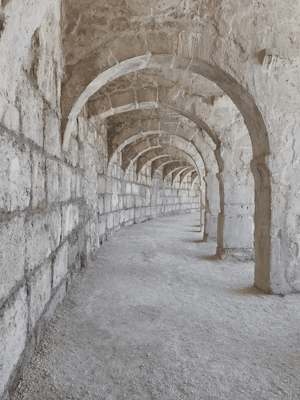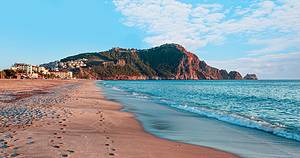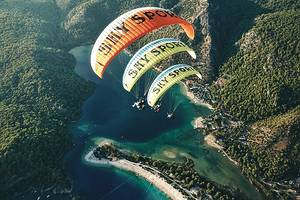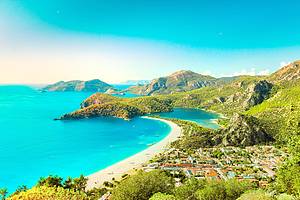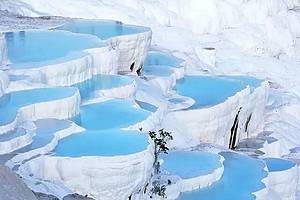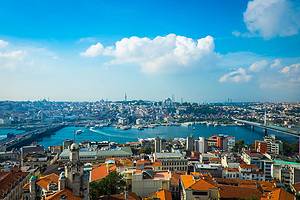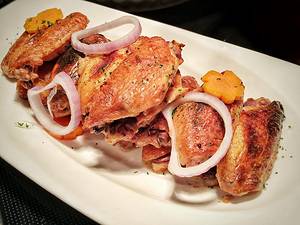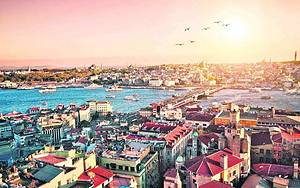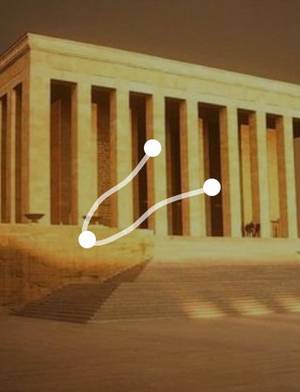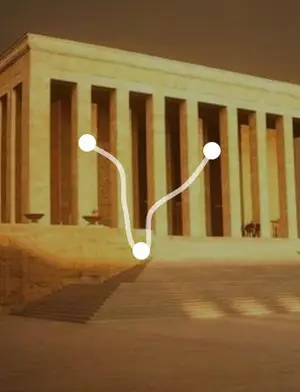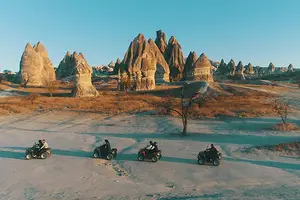Seven-day self-driving route on the Turkish Turquoise Coast
7 cities |
14 attraction(s) |
total distance 475
km
 TIPS
TIPS
Day1
Day2
Day3
Day4
Day5
Day6
Day7
Day1: Istanbul
4 attraction(s) ·
372 km
1
The Blue Mosque, also known as Sultan Ahmed Mosque, is a landmark building in Istanbul. It was built during the Ottoman Empire and is known for its grandeur and unique design, with its interior walls covered in blue ceramic tiles. Construction of the mosque began in 1609 and was completed in 1616.
3
km
2
Hagia Sophia Cathedral is located across from the Blue Mosque. It was originally a Byzantine cathedral until it was occupied by the Turks and converted into a mosque. It is a famous historical building in Turkey, built in 325 AD. It has been damaged and rebuilt multiple times, representing the epitome of Byzantine culture. The mosaics inside the cathedral depict the history of the time and showcase the beauty of Byzantine art.
Hagia Sophia Cathedral, built by Emperor Constantine in 325 AD to honor the goddess of wisdom, Sophia, was damaged during wars and rebuilt by Emperor Justinian I in 537 AD. It served as a Christian church for 916 years and then was converted into a mosque for 481 years. Since 1935, it has been open to the public as a museum, attracting thousands of visitors every year. Inside the Hagia Sophia Museum, there are the tombs of Sultan Selim II, Sultan Mehmed III, Sultan Murad III, and some of their relatives, as well as the fountain of Mehmed I, a primary school, a soup kitchen, a library, the conference room of Sultan Abdul Mejid, and the room where the star scholar of the mosque lived. These artifacts, especially the interior decoration of the tombs, pottery, and architecture, are masterpieces of the Ottoman period.
184
km
3
Bosphorus Strait (also known as Istanbul Strait) is the boundary between Europe and Asia. It is about 30 kilometers long, with a maximum width of about 3,700 meters and a minimum width of about 700 meters. It connects the Black Sea to the north and the Sea of Marmara to the south. In the center of the strait, there is a strong current that flows from the Black Sea to the Sea of Marmara, and beneath the surface, there is a counterflow that brings saltwater from the Sea of Marmara to the Black Sea. Due to the seasonal migration of fish through the strait, the fishing industry is prosperous. The shores of the strait are covered with lush trees, and there are villages, tourist attractions, magnificent residences, and villas scattered along it. Istanbul, the largest city in Turkey, is located across the Bosphorus Strait from the Anatolian Peninsula, serving as the gateway to the Black Sea for countries along its coast. The strait is the only passage connecting the Black Sea and the Mediterranean Sea.
186
km
Day2: Canakkale
1 attraction(s) ·
0 km
1
Upon arriving at the archaeological site of Troy, the first thing you will see is a huge replica of the Trojan horse, which is very popular. The excavation room exhibits vivid models and vivid paintings, reproducing the appearance of Troy in different periods of history. The site is surrounded by walls, and the ruins of the Skaean Gate, where the epic duel between Achilles and Hector took place in the movie "Troy," are particularly thrilling.
Day3: Kusadasi > Ephesus
3 attraction(s) ·
64 km
1
Ladies Beach is the most famous beach in Kusadasi, located 2.5 kilometers south of the town. During the peak season, it is crowded with tourists.
23
km
2
Dilek National Park has a beautiful natural environment and protects some rare wild animals in Turkey, such as the Anatolian leopard and wild horses. As a wildlife sanctuary, the park provides a refuge for many species of animals and birds, making it a paradise for them to soar and thrive.
41
km
3
Located 2.5km west of Sirkjuk, the complete ancient city ruins are amazing and a great place to experience and feel the life of the Roman era.
Day4: Fethiye
1 attraction(s) ·
0 km
1
Speaking of the Dead Sea, people often think of the one next to Israel where you can float on the surface. But that Dead Sea is not the one people commonly refer to. In fact, Turkey also has a Dead Sea called Oludeniz. In the southern part of Turkey, there is a long and winding coastline. Near the ancient town of Fethiye, the coastline meanders into a large bay. It is calm, peaceful, and often referred to as Turkey's "Dead Sea." The beach has soft sand that allows you to enjoy the Mediterranean coast. There are changing rooms, showers, and an open-air bar. Here, you can paraglide from a 3-kilometer-high mountain and admire the beautiful Dead Sea below.
Day5: Pamukkale
2 attraction(s) ·
6 km
1
Due to the continuous emergence of underground hot spring water, which contains abundant minerals, the formation of Cotton Castle is the result of the spring water flowing out from rocks 200 meters above the plain, undergoing thousands of years of calcification and sedimentation, forming layers of semi-circular white terraces. From a distance, they resemble large cotton flowers standing on the hills. The Turkish people call it "Pamukkale," which means "Cotton Palace," hence the name Cotton Castle. The hot spring water forms natural pools of various sizes, cascading down in layers, sparkling with numerous ripples, creating a unique and extraordinary scenery.
6
km
2
Hierapolis is an ancient Greek city located at the top of a thermal spring, near Denizli in southwestern Turkey. Hierapolis and the nearby site of Pamukkale are UNESCO World Heritage Sites. The thermal springs here have been used for healing since the 2nd century BC, and many people came here to treat their ailments, with some retiring or dying here. The vast necropolis is filled with sarcophagi, including the sarcophagus of Marcus Aurelius. The water wheels are also a sight to see. The grand bath complex was constructed using massive stone blocks without the use of cement, with various open or enclosed sections connected together. The interior of the baths features deep recesses that served as libraries, gyms, and other enclosed or open spaces. This complex was built in the 2nd century BC and represents an exemplary model of vaulted architecture. The complex now serves as an archaeological museum.
Day6: Antalya
2 attraction(s) ·
35 km
1
The ruins of Perge, also known as Perga, are located 18 kilometers from Antalya. It was a settlement of the Hittite people in eastern Anatolia and northern Syria around 1500 BC. The site contains ancient markets, a large bathhouse, and an amphitheater. The most well-preserved structure is the Aspendos ancient theater, renowned for its acoustics. The stage of the theater is intricately carved out of marble, and the sports arena displays sculptures gathered from various corners of the city. Other ruins include a beautifully designed city gate, a long colonnaded street, a public bath, and a gymnasium.
35
km
2
Aspendos Theater is located in Antalya and was built in 155 AD. It has a seating capacity of 7,000 people on its stone steps. It is one of the most well-preserved ancient Roman theater ruins in the world. Aspendos Theater is still in use today and hosts the Antalya Opera and Ballet Festival and Arts Festival every summer, without the use of any amplification equipment. The audience enjoys perfect acoustics while sitting on the stone steps that are over two thousand years old.
Day7: Antalya
1 attraction(s) ·
0 km
1
The collection is very rich, located 2 kilometers west of the city center. It includes small handicrafts, small sculptures, ranging from the Stone Age to the Bronze Age, and even the Mycenaean civilization, Classical period, and Greek period, making it a journey through time.

